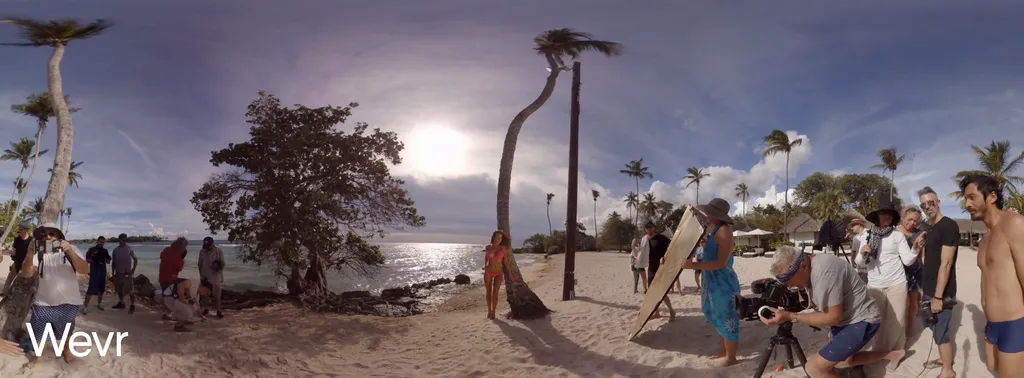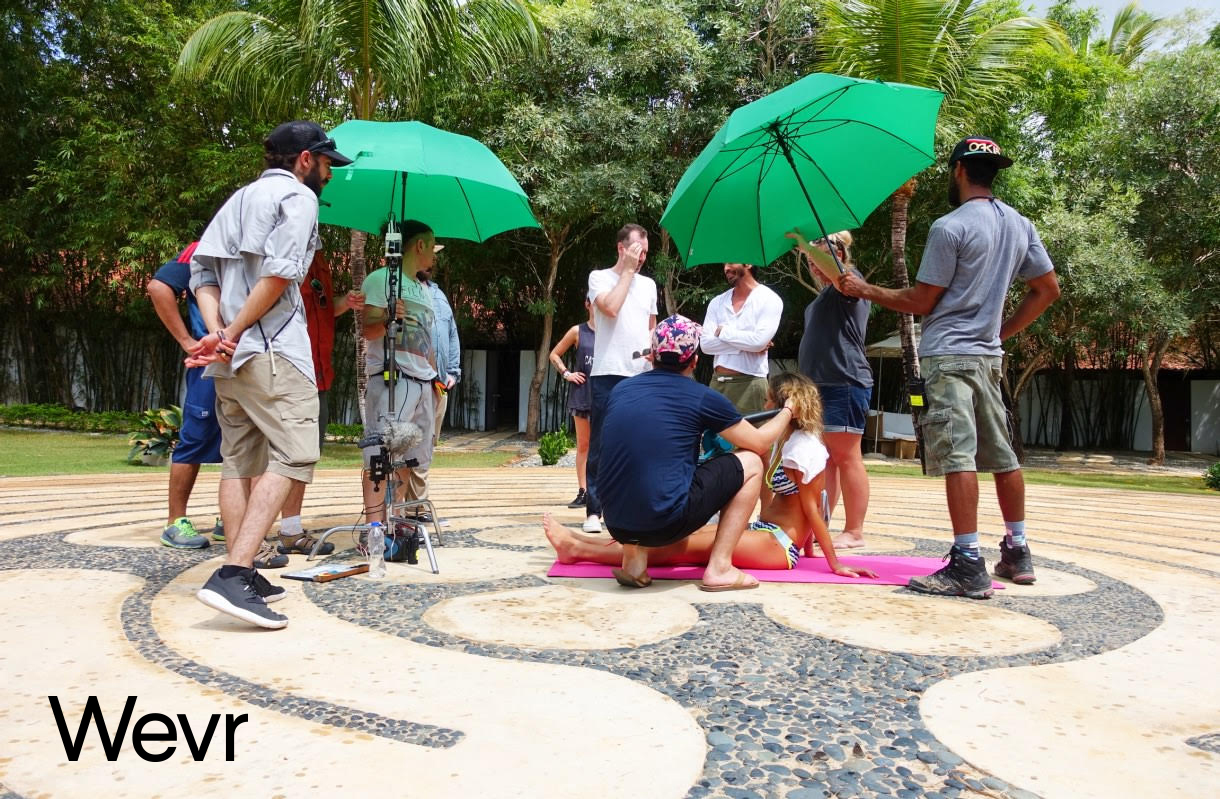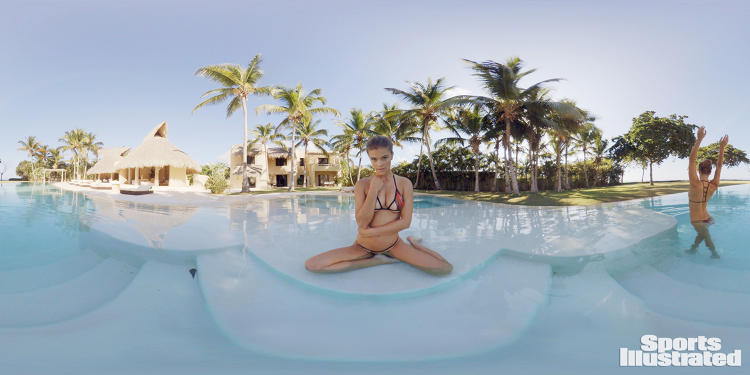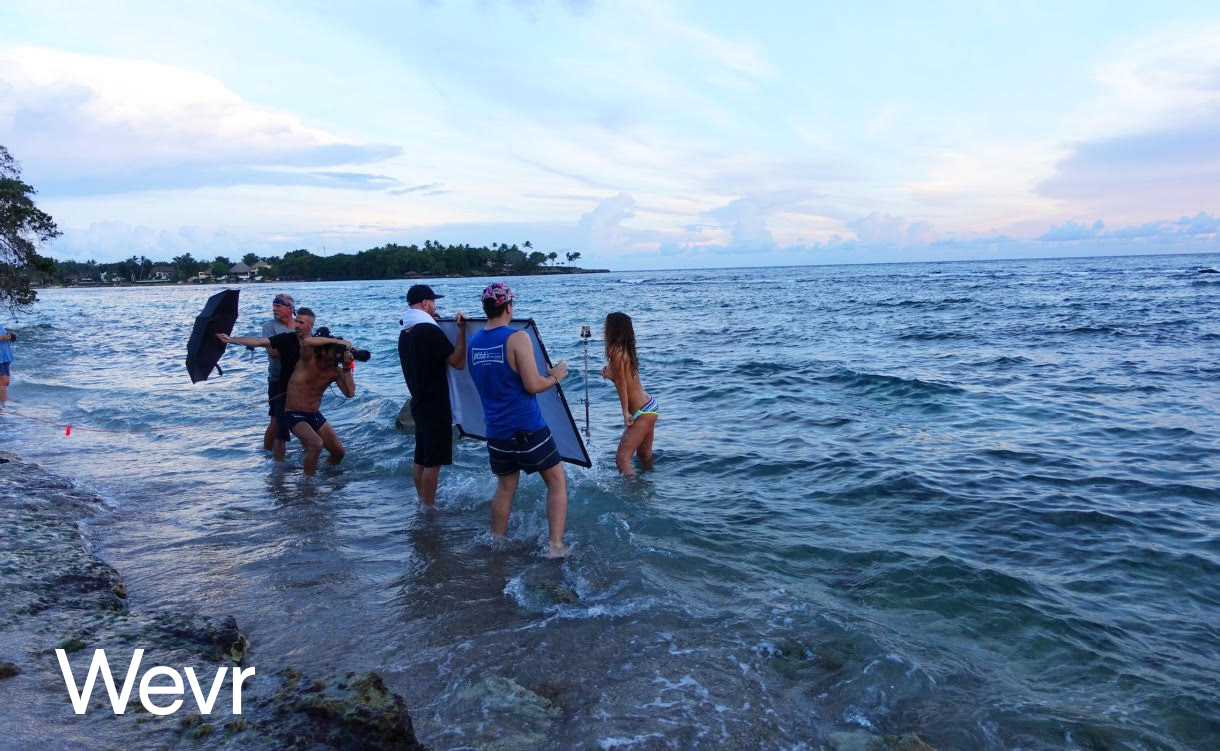It’s a beautiful day. I’m sitting on this beach. The skies are blue… and there is this gorgeous swimsuit model in front of me. Some may call this an intimate experience, but I call it the future.
Now when I say future, I don’t mean that 360 video content is the future of virtual reality. It’s the future in a much broader sense because this video may be many consumers’ first virtual reality experience… and it may be the experience that gets people to come back and try virtual reality again and explore other experiences.
Recently, Venice-based VR startup Wevr partnered with Time Inc, parent company of Sports Illustrated, to work on the Sports Illustrated Swimsuit VR Experience. Wevr brought in director Peter Martin, whose expertise ranges from producing to creative direction for a magazine — he is also the guy who made the Victoria Secret Fashion Show the iconic show it is today.
An important thing to note about the experience created using Wevr’s technology is that it makes sense to be in virtual reality. This is not the typical ‘girls in bikinis’ VR experience that may be seen on your Facebook feed or as you’re scrolling down Vrideo. It’s a masterful piece that takes advantage of the technology that virtual reality provides. Wevr’s co-founder Anthony Batt made it a point to take advantage of the consumer’s agency over where they look. As a result there are some parts where Wevr stitched together footage from the same setting but using different takes. So there’s a reason to look around. When you’re able to help direct your audience’s attention to various points in a 360 experience, that is when creating live action VR becomes an art.
“We were looking at it from the perspective of trying to step into a magazine… to translate that into a VR experience,” notes Martin.
Going through the swimsuit app and watching the experiences there, it is clear that there are three types: behind the scenes, the photographer experience, and distance perspective. Purchasing the magazine on newsstands for $10 includes a phone holder VR viewer and a code to unlock the app.
There have been several comments across social media about how this VR experience continues to objectify women; however, it should be acknowledged that the same rules that applied to magazines, film, television, and podcasts as they emerged also apply to virtual reality. And the question that is begged is how does the more intimate setting of VR objectify women any more than traditional media?
There is a very fine line between highlighting the empowering parts of a woman’s body and sending the wrong message of “this is how you should look to be considered attractive” to the rest of society. If other content creators are planning on exploring this category of content, I hope they highlight that women can be empowered by their bodies regardless of shape or size. This subject is an important topic that should be discussed openly as consumer VR continues its roll out. It is also worth considering both the creator and context of this particular project.
Wevr is a technology company with a creative network and company motto that says “Do Brave VR.” Wevr is extending its technology as far as it can to do as much diverse content as possible. At the end of the day, for Wevr, it’s not about the specific content it’s about the 50-year-old “Swimsuit Issue” brand, and how it’s trying to stand the test of time by using emerging technology.
“It’s a way to for people to see the inside of a brand and to let them live in the world of that brand for a moment. That’s powerful. That is what creates a market,” Batt said.
Prior to the swimsuit experience (and apart from porn), most early VR pieces have been abstract, experiential, or documentary-focused. This type of playboy-esque content would have come into existence at one point or another, and I am glad that Wevr was the company to really bring it to the forefront of VR content creation.
Currently, there are no formats in virtual reality. So many content creators are still figuring out what works and what doesn’t work. In terms of content, virtual reality will not dodge any of the criticism the media industry faces for the way it depicts certain people and events.
Although some may not agree with the subject matter of the content, from a technology standpoint Wevr did a great job of creating an experience that provides a sense of presence, and Martin successfully executed a creative vision. As Palmer Luckey said on stage at the Unity Vision Summit, “Everyone needs to be successful for VR to work” and I take that to mean that great work should also be acknowledged and, as a community, we need to support each other by not judging too harshly at something that is so early.
We can expect to see more content coming from Wevr and Time Inc. as they are working closely to create more immersive experiences.




























